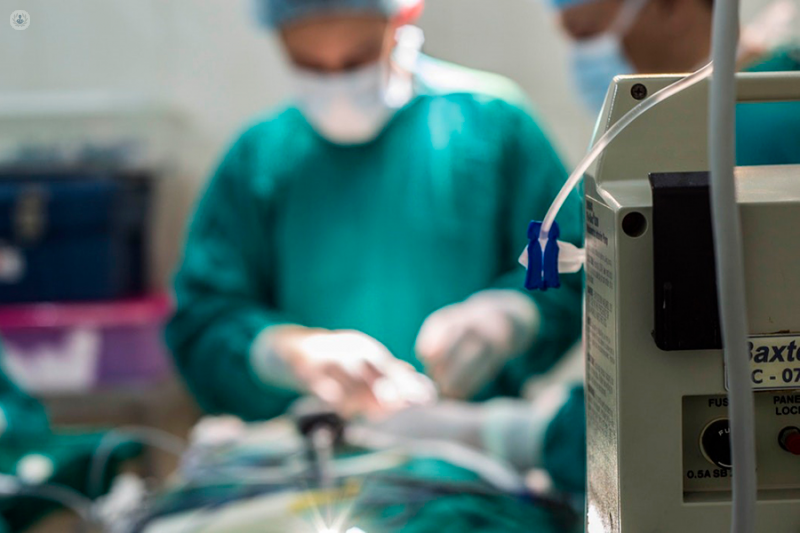Gallbladder removal surgery: the procedure, recovery, risks and side effects
Escrito por:Removing the gallbladder – one of your body’s organs – sounds like a serious undertaking, but in fact it is a commonly performed procedure that is extremely safe in the right hands. We spoke to leading consultant general surgeon Mr Zaed Hamady to find out how gallbladder removal surgery works, how long it takes to recover from the procedure, and whether there are any risks or side effects involved.

Why would someone need gallbladder removal surgery?
Gallbladder removal surgery is considered in severe cases of gallstones. Many patients can have gallstones without experiencing any significant symptoms, but if you are getting pain after eating, jaundice, or if you have pancreatitis, then surgery is necessary. In rare cases, you can have some of these symptoms without gallstones.
These days we are able to remove the gallbladder using minimally-invasive (keyhole) techniques. The operation is called a cholecystectomy.
What happens during the procedure?
The key steps of the procedure are as follows:
- The abdominal cavity is first examined
- The gall bladder is carefully detached from its blood supply and the connection to the bile duct is cut
- The gallbladder is then removed through one of the small key holes
What is recovery like afterwards?
Cholecystectomy is a minimally-invasive procedure with a fast recovery time. Usually it will take 1-2 weeks to return to normal activity, but most fit patients will find that they want to go to work after just a week.
Patients may experience diarrhoea for the first three months after surgery, but this is expected and will settle spontaneously.
How does the body function without the gallbladder?
Fortunately, the liver is a clever organ and it will be able to accommodate for the lost gall bladder without any functional deficiency.
What are the side effects of having the gallbladder removed?
There are minor side effects, such as bleeding, infection, which can happen in 1% of cases,
Major side effects are rare but significant. These can include bile duct injury, bowel injury and bile leak after surgery. However, it should be stressed that these are not common, and in the hands of an expert liver surgeon they should never occur.
Extremely rare side effects can include blood clots in the legs, and hernia where the keyhole incision was made.



